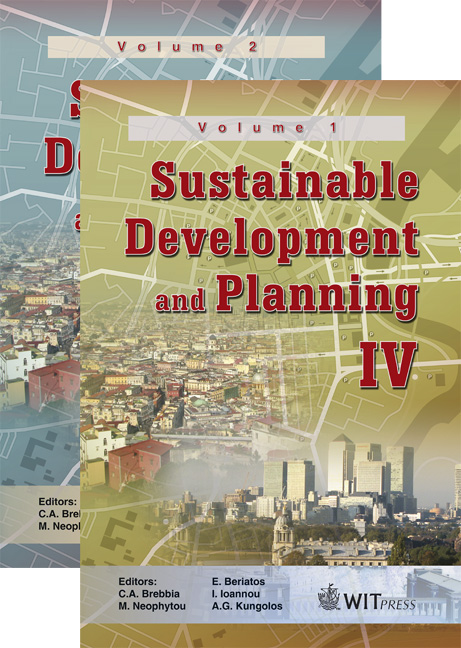The Sustainable Building Code As Tool Of Management And Protection Of The Rural Areas Of Abruzzo: A Case Study
Price
Free (open access)
Transaction
Volume
120
Pages
10
Page Range
353 - 362
Published
2009
Size
8,640 kb
Paper DOI
10.2495/SDP090341
Copyright
WIT Press
Author(s)
P. De Berardinis & M. Rotilio
Abstract
Today, most of the building heritage of historical centres does not meet the users’ needs and is mostly in a state of physical decay. Moreover, the contemporary design process is giving more and more attention to the relationship between the building and the site and casting light on all the aspects of sustainability found in the pre-industrial settling. That’s why it is very important to focus on the kind of action to take with respect to the construction of new buildings, but above all, with respect to the built heritage. The introduction of sustainability in the heritage preservation process is complex because, besides the energetic, technical and plant engineering aspects, we need to consider the cultural problems arising when the architectural and environmental values do not allow any invasive actions. For this reason, the legislative tools that will be established to govern the building rehabilitation activity must focus on the research of compatibility. To achieve it, it will be necessary to take into account the values to preserve through a deep knowledge of the local building fabric and to analyse each case with particular care. This attention to all aspects of each intervention is fundamental as it means not simply to comply with certain standards or \“numbers”, but to go deeper because the ways in which a building was used in the past differ from those of today, as well as the users’ needs of the past not being the same as today’s. A flexible attitude of this kind is the key to avoiding situations where the effort made in research to develop strategies and criteria for the rehabilitation building process is cancelled out by improper legislative tools used by the municipalities in urban planning and heritage building management. Keywords: building code, heritage preservation, values, compatibility, rehabilitation building process.
Keywords
building code, heritage preservation, values, compatibility, rehabilitation building process.





